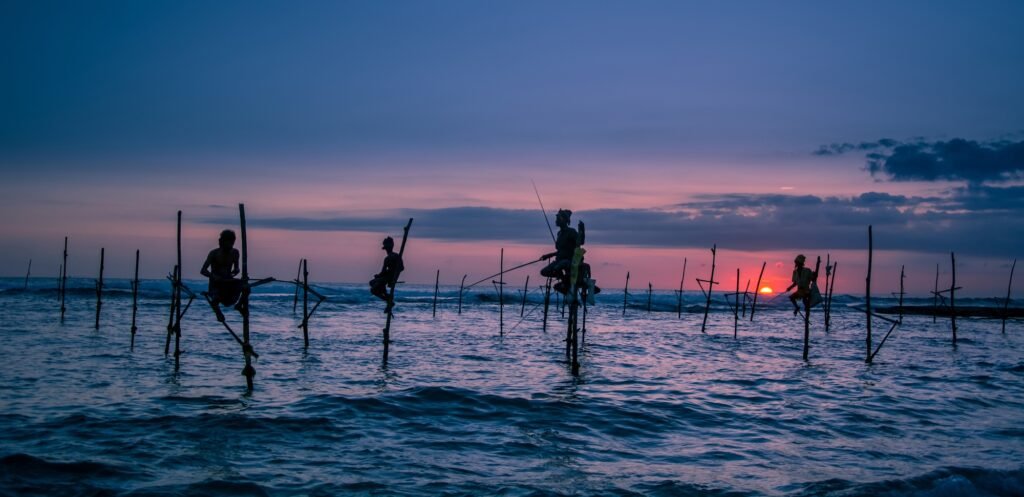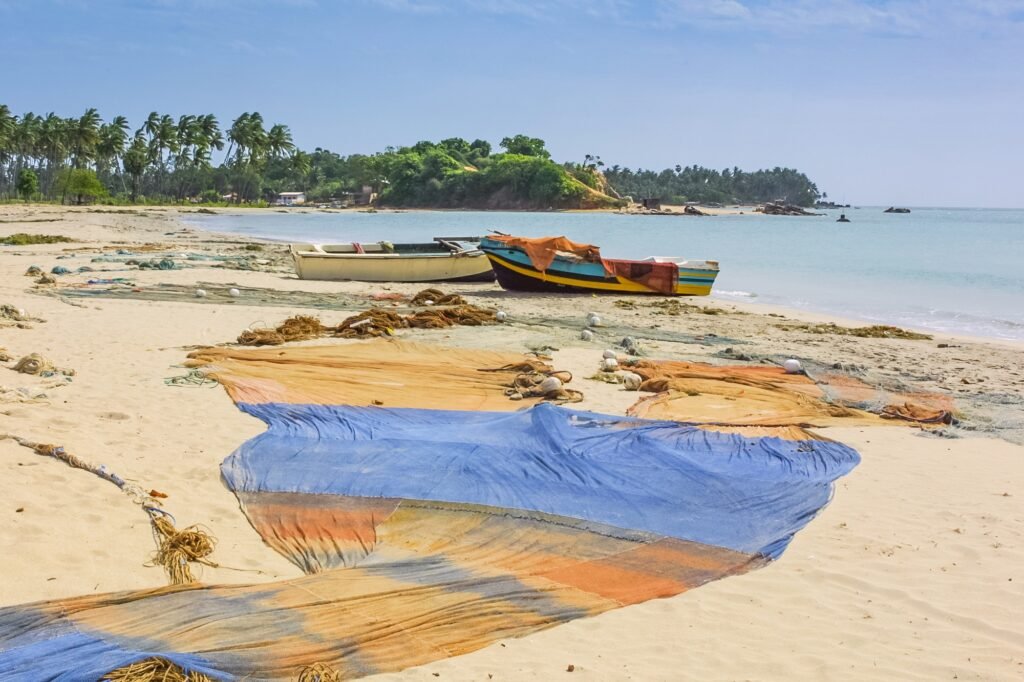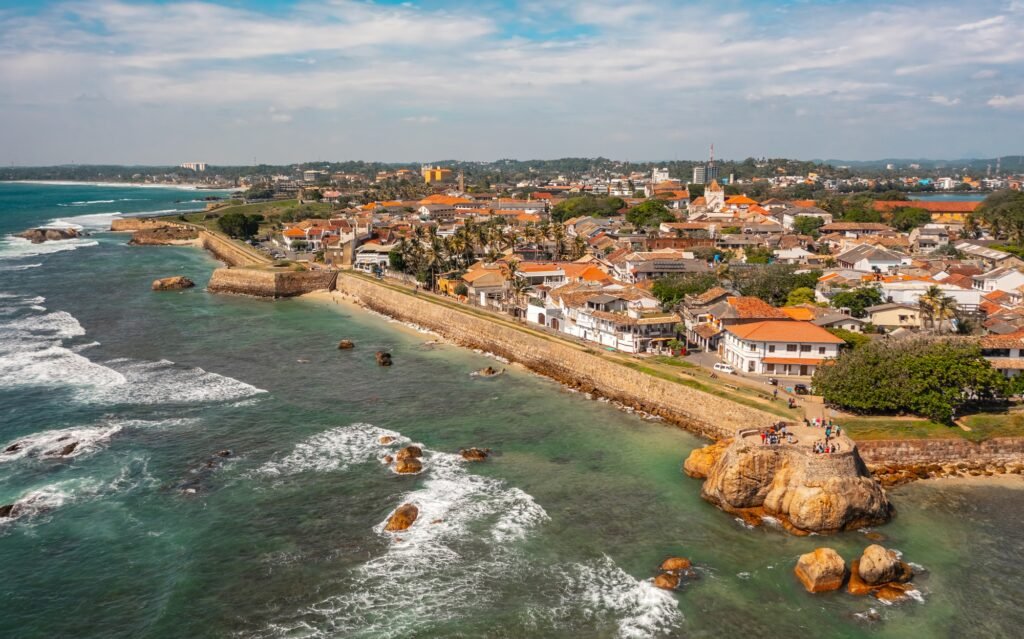Historical and Natural Overview
Wilpattu National Park is one of Sri Lanka’s most significant protected areas, established in 1938. This park holds a rich historical backdrop, having been temporarily closed during the protracted civil war, which lasted several decades. The park reopened to the public in 2003, much to the delight of wildlife enthusiasts and conservation advocates alike. Its reopening signified a revitalization of interest in the unique ecosystems that thrive within its boundaries. This wilderness area is crucial not just as a tourist attraction but also as a sanctuary for the diverse wildlife of Sri Lanka, contributing significantly to the country’s efforts for responsible tourism.
The geographical layout of Wilpattu is characterized by its ‘villus’—natural lakes enclosed by sandy rims. These water bodies are paramount for the wildlife in Wilpattu, serving as a vital resource especially during the dry season. Visitors to the park can witness these picturesque lakes, often populated by a variety of fauna, making it an ideal setting for a jeep safari in Sri Lanka. The dry zone forest, which comprises the majority of the park, is adapted to seasonal climatic conditions, allowing for the proliferation of unique flora and fauna that are not found in wetter regions of the island.
As one of the important Sri Lanka national parks, Wilpattu is renowned for its rich biodiversity, notably housing the elusive Sri Lankan leopard, along with sloth bears and numerous bird species. The park’s wildlife is not just a source of fascination for visitors but also crucial for ecological balance. This remarkable area provides an unparalleled opportunity for wildlife enthusiasts to engage in activities such as birdwatching in Wilpattu, allowing for a close encounter with nature while underscoring the importance of conservation in maintaining Sri Lanka’s natural heritage.
Wildlife You Can See in Wilpattu
Wilpattu National Park, a pristine reserve in Sri Lanka, is renowned for its captivating wildlife that draws enthusiasts from around the globe. One of the key highlights of this protected area is the elusive Sri Lankan leopard, known for its distinctive spots and stealthy behavior. Sightings of these majestic big cats during a jeep safari in Sri Lanka have become increasingly popular, particularly among wildlife photographers and nature lovers seeking an unforgettable experience. Given their camouflage and solitary nature, patience is essential for those hoping to catch a glimpse of these beautiful creatures.
In addition to leopards, the park is home to sloth bears, whose unique appearance and foraging habits make them a remarkable sight. Wilpattu also supports a population of Asian elephants; these gentle giants roam freely, providing visitors with ample opportunities to observe their behaviors in their natural habitat. Furthermore, mugger crocodiles can often be seen basking in the sun along the edges of the park’s numerous lakes and lagoons, adding to the diverse array of wildlife.
Birdwatchers will find Wilpattu to be a treasure trove of avian life, with species such as painted storks, jungle fowl, and a variety of owls inhabiting the area. The park’s ecosystems create a rich environment for these birds, making birdwatching in Wilpattu a popular activity for enthusiasts. When engaging in wildlife photography during your Wilpattu safari, it is crucial to maintain a respectful distance to avoid disturbing the animals. This approach aligns with responsible tourism in Sri Lanka, allowing visitors to enjoy the stunning wildlife while ensuring their preservation.
The remarkable diversity of wildlife in Wilpattu National Park undoubtedly makes it one of the standout destinations for nature lovers in Sri Lanka. Exploring this off the beaten path destination reveals not only the beauty of the landscapes but also the dynamic interactions among its inhabitants, enriching the overall visitor experience.
Safari Experience and Best Time to Visit
Exploring Wilpattu National Park through a jeep safari offers visitors an unforgettable immersion into an unspoiled natural habitat. With its diverse landscapes, including tranquil forests, sprawling grasslands, and shimmering wetlands, the park provides ample opportunities to experience the unique wildlife that resides within. A safari in Wilpattu is not just about spotting the elusive Sri Lankan leopard; it is an invitation to traverse off the beaten path in Sri Lanka, where one can appreciate the breathtaking vistas and serene atmosphere that define the park.
Wilpattu is best visited during the dry season, which extends from February to October. This period is characterized by reduced rainfall, leading to a decrease in foliage density, making wildlife sightings more frequent and easier. Visitors can embark on jeep safaris during the early morning or late afternoon, as these times are optimal for observing active animal behavior. The stillness of the mornings and the warm glow of the late afternoons create an enchanting experience, allowing for capturing stunning photographs of the wildlife in their natural habitats.
When planning your Wilpattu safari, it is essential to utilize a 4×4 vehicle that can navigate the rugged terrain, ensuring a safe and adventurous journey. Employing a knowledgeable guide familiar with the local wildlife not only enriches the experience but also enhances the chances of spotting rare species. As one ventures deeper into the park, the excitement of encountering various animals, including an array of bird species perfect for birdwatching in Wilpattu, adds to the allure of this untouched wilderness.
In conclusion, a safari in Wilpattu National Park during the recommended dry months presents a unique opportunity to engage with the rich wildlife and natural beauty of Sri Lanka. With a thoughtful approach to responsible tourism in Sri Lanka, visitors can leave only footprints and create lasting memories.
Conservation and Responsible Tourism
Wilpattu National Park, an iconic destination renowned for its diverse wildlife and pristine landscapes, has made strides in conservation efforts following its reopening after the civil war. The significance of protecting this unique ecosystem cannot be overstated, as it harbors several endemic species, including the elusive Sri Lankan leopard and numerous avian populations valuable for birdwatching enthusiasts. The park serves not only as a sanctuary for wildlife but also as an essential area for preserving Sri Lanka’s rich biodiversity.
Eco-tourism plays a pivotal role in safeguarding the wildlife within Wilpattu while fostering a sustainable relationship between visitors and nature. By participating in Wilpattu safari Sri Lanka experiences, tourists can engage with the natural environment in a way that enhances their understanding of the importance of conservation. It is crucial for visitors to support local conservation initiatives, which are often funded by park fees and tourism revenues. Such contributions ensure that the delicate habitats within the park are preserved and protected for future generations to enjoy.
While visiting Wilpattu National Park, it is essential to adhere to guidelines that promote responsible tourism. Tourists are encouraged to respect wildlife by maintaining a safe distance, refraining from littering, and using designated paths for their jeep safari Sri Lanka journeys. It is vital to avoid disturbing the natural behaviors of animals, especially when observing species such as the Sri Lankan leopard in their natural habitat. Moreover, engaging with knowledgeable local guides fosters a deeper appreciation of the wildlife in Wilpattu while supporting community livelihoods.
Ultimately, embracing responsible tourism in Sri Lanka is a shared responsibility among visitors and stakeholders alike. By nurturing a respect for nature and prioritizing conservation efforts, the enchanting landscapes and wildlife of Wilpattu National Park will continue to thrive, offering an unparalleled adventure off the beaten path Sri Lanka for generations to come.



